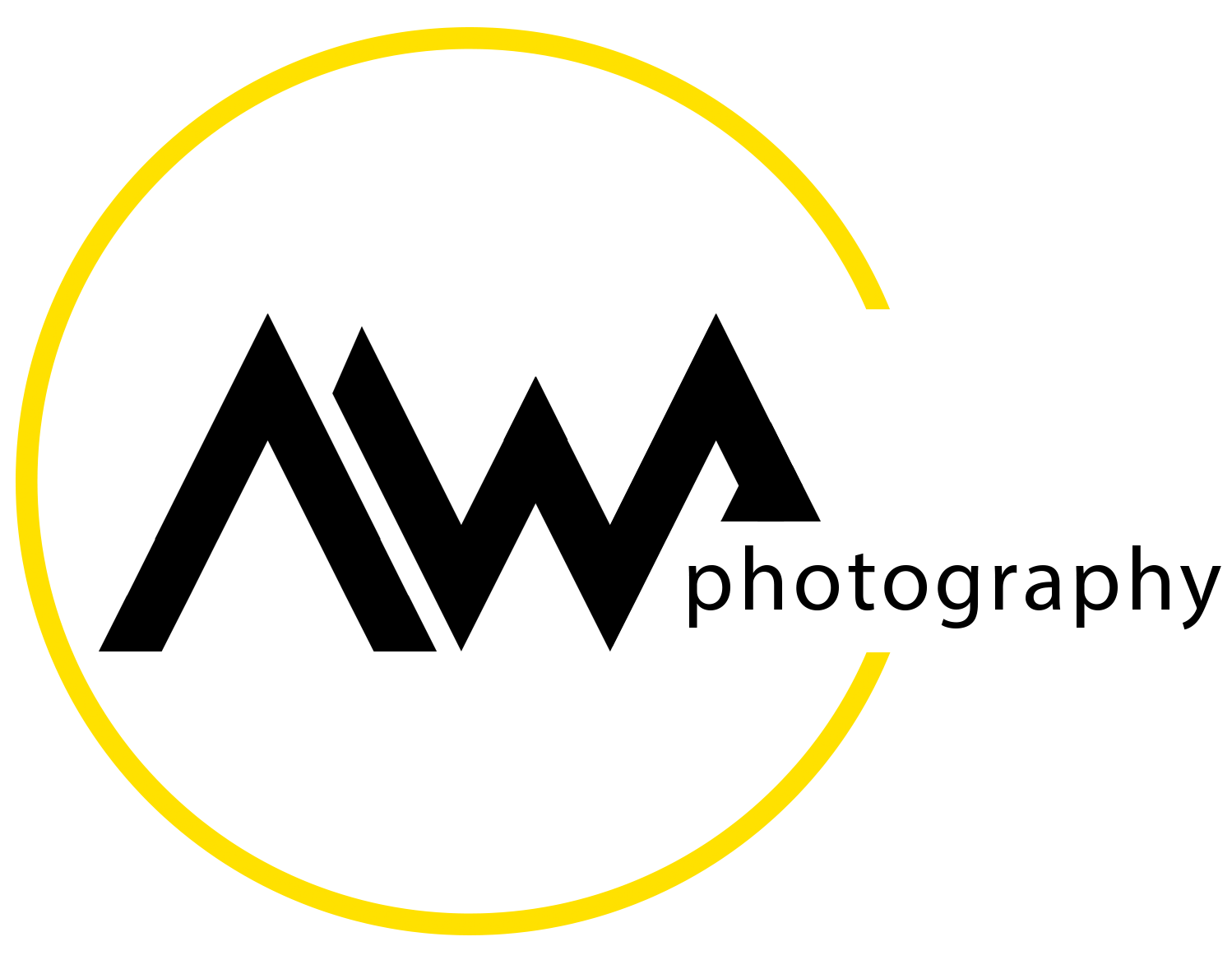White Background Macro Photography
/Mastering the white-background…
… takes time and practice. It is among the least forgiving techniques used in closeup photography and demands a thorough understanding of macro lighting, a lot of patience, and some level of proficiency in Lightroom and Photoshop (both from Adobe).
a successful white background image must blend seamlessly into a white page - like this
The following video covers everything you need to know to make images using a pure white background, and there is a lot to it. I explain why the purity of the background is critical and describe all the things that can trip us up in the process. Then I show you exactly how to set up and test your lighting. I do all this using my basic macro cage, but the techniques will work just as well with whatever setup you are using.
Please note that some of the links shown below are paid links, and that as an Amazon Associate, I may earn from qualified purchases made using these links.
The most important fundamental is separation of your foreground and background lighting, neither of which can be allowed to interfere with the other. I used a pair of Godox speedlights to light my subject. I love the V860IIN lights, especially when they are paired with the X1N trigger that I use here. I can control the output of each light straight from the camera-mounted controller.
As I point out in the video, one of the best ways to evaluate your lighting is by using the in-camera histogram. One of the reasons that I use Nikon crop frame camera bodies in my macro cage is that the image review functionality and histogram are so clear and intuitive to use. The camera in this video is the amazing D7500 - the perfect blend of features and low cost.
The second critical tool that I use is the Sekonic light meter. The one that I use is the L-358. It is perfect for macro work but I also use it as my main meter for studio portraits and many other use cases. Full featured but inexpensive - hard to beat!
The light you use for your backdrop is up to you, but something powerful will make your life easier. I have done this kind of work with speedlights, but much prefer using a single good studio light. My choice for the device with all the features I will ever need, and a price that I can afford, is the workhorse Einstein, from Paul C. Buff. It is perfect for this application (and costs less than two speedlights!)
I understand that not everybody uses Lightroom and Photoshop in their macro workflow, but the techniques that I describe can be done in most editing software platforms. If you have trouble figuring out how to do these operations in your editing software, let me know and I will help your sort it out.
The all-important backlighting setup, viewed from above
With no further ado, here is the video. It is long and detailed, but well worth the watch if you are serious about upping your white-background macro photography. Hope you get something useful from it!
By the way, while you are here, please consider clicking on the “Donations” tag at the top of the page and becoming a supporter of my work. Making content like this is all that I do - all day, every day - and it isn’t cheap. Anything you can do will be most appreciated!



